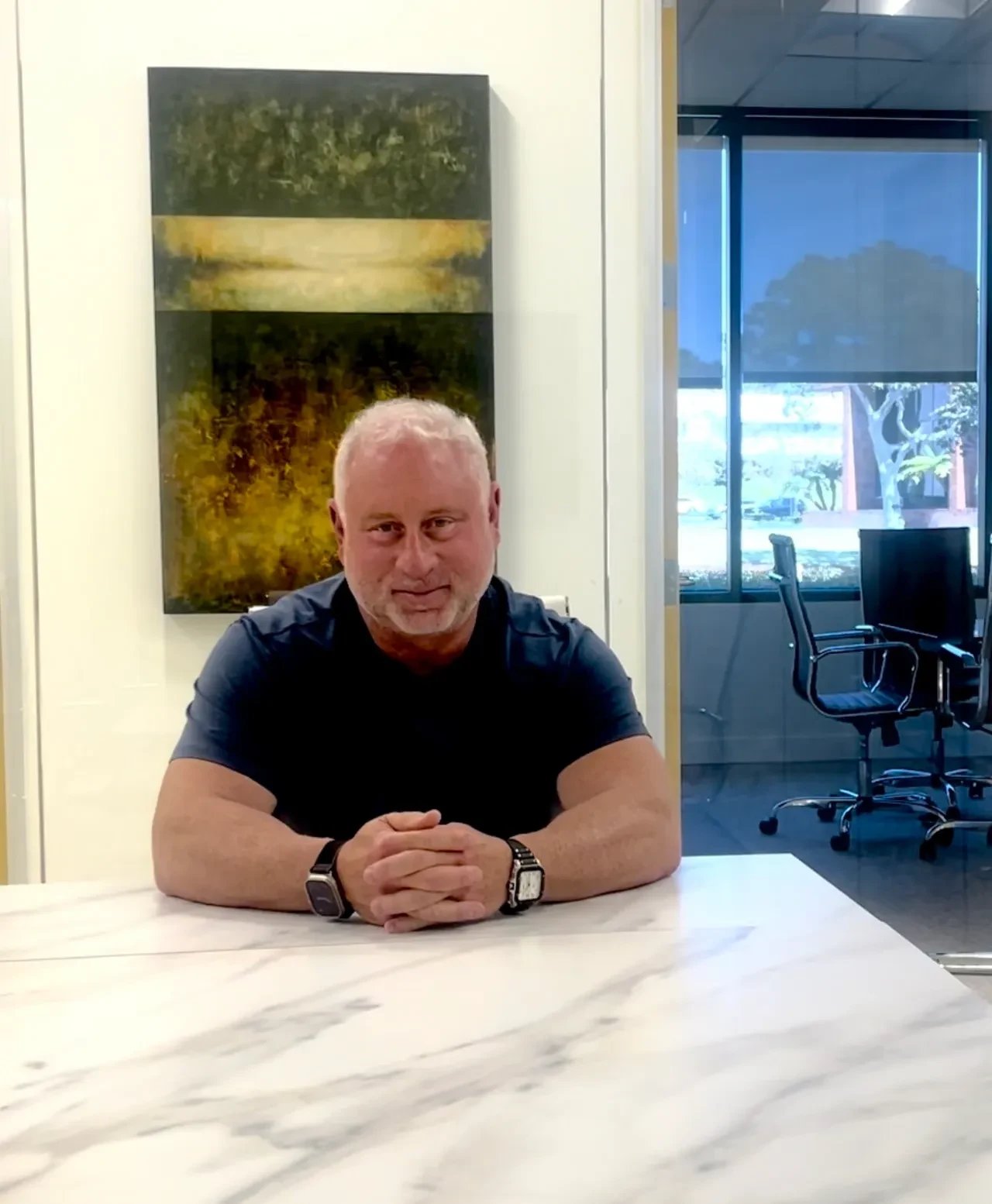Human history — and that of our pre-homo sapiens ancestors, too — is a story of migration, a journey over millennia that populated Earth. So, too, is America’s story a story of migration: Well after modern humans populated North America about 12,000 years ago, explorers reached what we now know as our country’s Atlantic coast and new arrivals settled everywhere from New England to the mouth of the Mississippi River and back on up through the Great Lakes Basin. Then, over several centuries, they kept on moving, migrating further and further west in search of their fortunes.
And now, in the course of less than two years, we’ve seen another great wave of migration in the U.S. as people fled urban areas for the perception of safety in our suburbs and rural communities.
In the blink of an eye, they’ve uprooted life as we know it. Or have they?
Is it real migration?
Nearly every week in this blog, we’ve covered rising home prices — sharp increases that, we’ve previously acknowledged, began prior to the pandemic. Like everything else, Covid was tinder for the fire.
We watched as urban centers shuttered stores and photos of empty city streets flooded the interwebs. And we’ve heard about towns from the Catskills to Colorado that were inundated with pandemic-fleeing people.
My questions, though, are these:
- Just how big has this migration been?
- Where are people going?
- Will this migratory trend last beyond the pandemic?
- Per her findings, between February and July 2020, 15.9 million households filed a change of address with the United States Postal Service (USPS). While that may seem like a lot, in reality, it was only four percent more, up from 15.3 million during the same period in 2019, before we’d ever heard the term “Covid.”
- Even more interesting, perhaps, is that there was only a 2% increase in requests that were categorized as “permanent” moves — and a 27% increase in “temporary” moves: People with second homes that they’re now using for more than just weekend getaways; students whose colleges closed; and people who lost jobs and temporarily, they hope, moved in with family or friends.
It will be interesting to see if these trends continued into 2021 or if they shifted toward permanence.
Another interesting point this report highlights is that most people who left big cities didn’t go pack up from Manhattan and move to Montana; most settled in first-ring suburbs and second-ring exurbs:
So, yes, migration is real, but the question remains: Have people positioned themselves for a return to city centers, if it and when things feel safer?
At least some of the data indicate that’s the case.
Surging housing costs and remote work are sending droves of people to live in new, fast-growing exurbs of metropolitan areas…
…In 2020, net migration into a large group of exurban counties rose 37%, according to an analysis of U.S. Postal Service permanent change-of-address data by The Wall Street Journal. Nearly two-thirds of the flow came from large cities and their close-in suburbs.
Exurban areas, which include 240 counties as defined by the Brookings Institution, grew at almost twice the national rate over the past decade, a shift that began before the pandemic. There are signs it is accelerating this year as Americans prepare for an expected post-pandemic landscape where increased working from home reduces the need to commute.
As moving takes money, flexibility and opportunity, it’s very likely that pandemic movers, whether temporary or permanent, are middle-class and up and make no mistake, there are potentially steep financial consequences for urban areas in the meantime. In what
Zillow calls “The Great Reshuffling,” highlighted in another
Wall Street Journal article:
The Great Reshuffling will likely make these far-flung exurbs richer and denser. The median household income across U.S. exurbs was $74,573 as of 2019, according to data from The American Communities Project. That likely ticked up over the last year as city dwellers in major job centers such as San Francisco and New York relocated to exurbs for the same or similar salaries. In 2019 the median household income in the San Francisco Bay Area was nearly $115,000 and in the New York metro area, it was more than $83,000.
Millennials were migrating — and buying — before the pandemic
Here’s another important point: Although for years we bemoaned data showing that millennials simply wouldn’t buy homes, wouldn’t buy cars and were ruining just about everything Gen X and earlier held sacred, in fact, it looks like many millennials just delayed these purchases until they could afford to have families and raise them in the suburbs — just as many of their own parents did before them.
Millennials have received a great deal of attention in recent years, as their nearly 90 million members and unique characteristics have the potential to reset and reshape our society. Arguably, one of the changes that this generation has brought about, or at least has accelerated, is
urban revival…
The findings of my paper suggest that this is not the case…
…While some big cities like
New York and
Chicago recently experienced population decline, the top 50 metros in aggregate have attracted greater shares of young adults and millennials over time. The share of late millennials (born 1991–2000), who was in primary and secondary school in earlier years, has risen in large metros in recent years as the oldest members began to enter college, enter the workforce, etc.
As Lee points out, millennials are leaving, yes, but a fresh crop of young adults are taking their places.
What all this means
People are making a lot about how life has changed forever but, frankly, nothing here is really new. Thousands of years ago — and even if you left with only what you could carry on your back and only went as far as you could walk in half a day — you moved if you needed food or water or a new job as a stonemason or to outrun lions or, yes, to get away from ill neighbors.
And make no mistake: For lifelong residents of places like Coeur D’Alene, Idaho, and Billings, Montana who feel that their peaceful way of life has been invaded and disrupted by fleeing Californians, the migration feels very real (although many homes in these towns had always been owned by outsiders). In other places, like many cities and towns in the Great Lakes Basin that fell on harder times at the end of the twentieth century, migration is more welcome.
Our behaviors aren’t different now: We’re simply living in this moment in time, within a Covid-compressed timeframe that lends fire and fury to everything.
Things always come back, they just come back differently.










